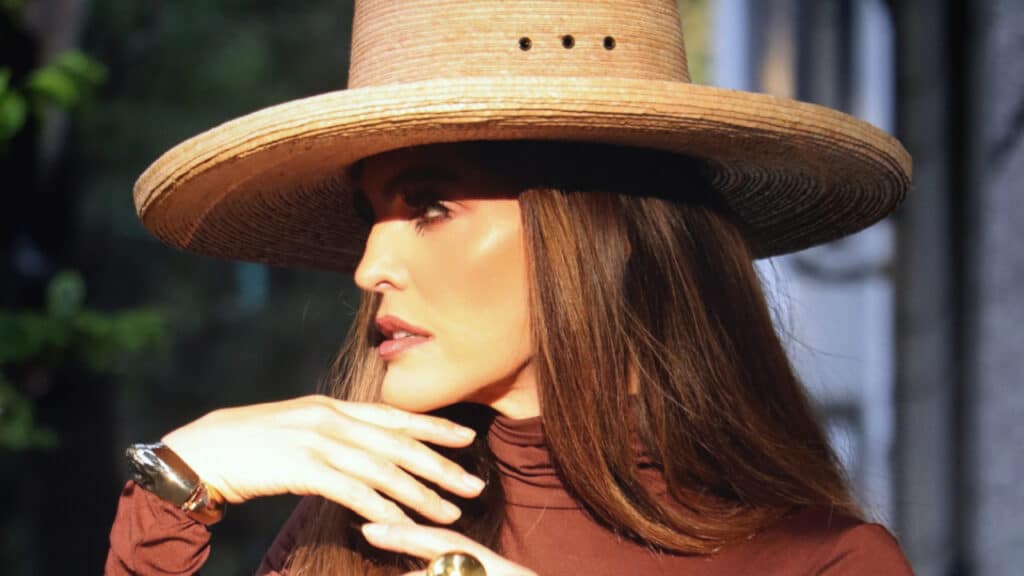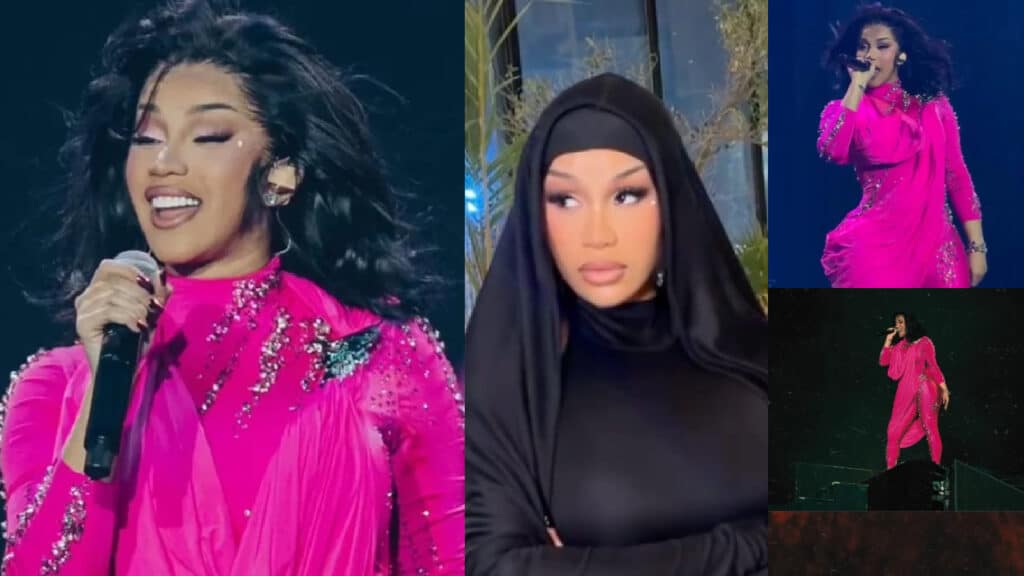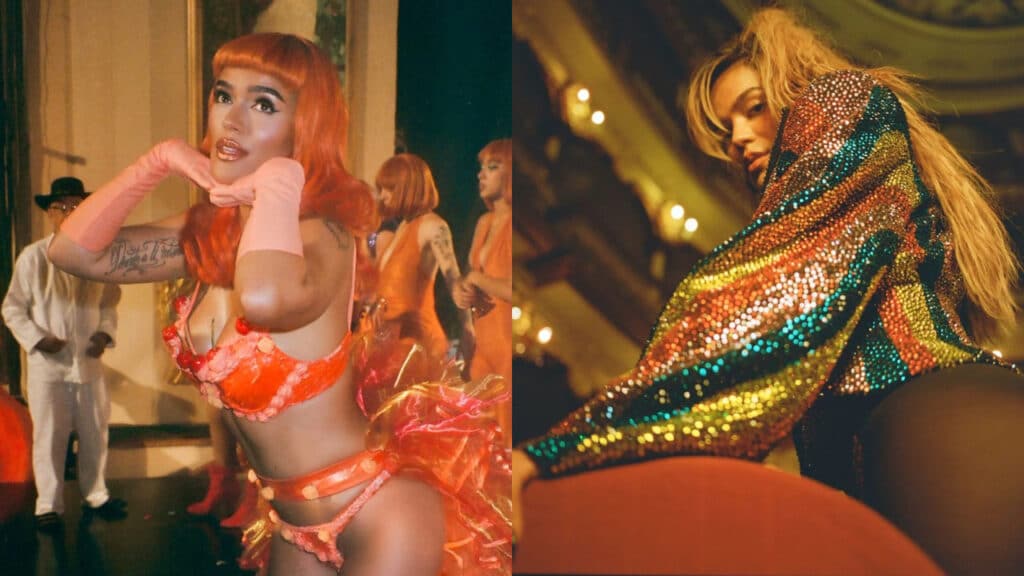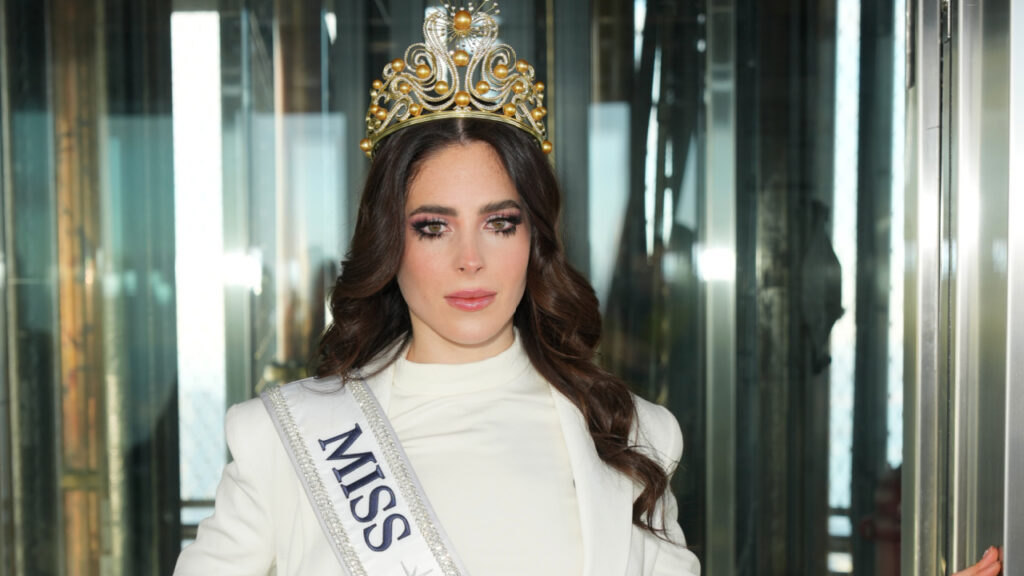Olympic Queens: How Women Owned the Paris 2024 Stage and Why This Changes Everything for Latinas
The Paris 2024 Olympics were undoubtedly unique, whichever way you look at it. From the opening ceremony, which shocked the conservative base, to the talent showcase, the global sporting event was a sign of what is happening: women are taking over the sports industry.
It was the first Games in history with gender parity. Equal numbers of women and men competed. But more importantly, women outnumbered men in the most popular categories.
FIERCE spoke with Andrea Trujillo, L’ATTITUDE’s Chief Marketing Officer and former Division 1 and semi-professional athlete, about what this means for the future of women in sport. What we have learned is simply inspiring.
Women were the real stars of the 2024 Olympics
If you found yourself watching more and more female athletes at the Paris Olympics, you weren’t the only one. And it’s not a matter of algorithm. Women caught the attention of the cameras and the whole world–and rightly so.
Team USA athletes, for example, were the stars of the Paris 2024 Olympics, consistently outperforming their male counterparts in numerous events. Women competing for the United States won nearly twice as many gold medals as men, demonstrating their dominance on the world stage.
Similarly, women from several countries outperformed their male counterparts at the Paris 2024 Olympics, marking a significant moment in the Games’ history.
Female athletes consistently performed at a higher level, winning a greater proportion of gold medals and medals overall.
This trend was not limited to Team USA, where women nearly doubled the number of gold medals won by men, but was observed in several countries.
Women took the lead in traditionally male-dominated sports, such as cycling and swimming, highlighting female athletes’ growing prominence and competitiveness on the world stage.
The disparity in results between men and women was especially evident in sports such as gymnastics, where women topped the medal standings by significant margins in several countries, not just the United States.

In terms of viewership, more people are now watching women’s Olympic sporting events
The 2024 Olympics were a very clear example of the unprecedented increase in attention women’s sport is experiencing.
For Paris 2024, Olympic Broadcasting Services hired some 35 female commentators. This brings the percentage of female commentators to nearly 40%, an increase of almost 80% compared to Tokyo 2020 and more than 200% over Rio 2016.
Similarly, media coverage of women’s sports has tripled since 2019, after remaining stagnant for three decades at just 5%, to 15% in 2022. More importantly, seven in 10 people now watch women’s sports. More than half (54%) of women’s sports fans started watching in the last three years.
According to U.N. Women, if coverage trends continue at the current growth rate, women’s coverage share could reach 20% by 2025.
“Women’s sports are experiencing remarkable growth, with major leagues like Flag Football, the NWSL, and the WNBA experiencing increases in viewership and attendance,” Andrea Trujillo told FIERCE. “Not to mention that participation in women’s student athletics has increased by nearly 10% since 2022, and Latinas are at the forefront of that wave. All of this clearly disproves the myth that women’s sports are unprofitable or uninteresting to U.S. spectators.”
In Latina representation, we are witnessing a historic and exciting moment
For Trujillo, Latina representation in sports is at a turning point. This is due to the “rise and amplification of incredibly talented Latina athletes” such as Hezly Rivera, Jennifer Lozano, Diana Taurasi, and Rebeca Andrade. “These Latinas are breaking barriers, breaking records, becoming icons, winning championships and medals,” Trujillo tells us.
“The most exciting thing is that the talent of Latinas in the sport has only just begun. This is just the beginning, as the exposure and accessibility of Latinas in sports continue to expand. The future is bright and full of talent.”
For Trujillo, who has curated high-profile events with L’ATTITUDE, including Women in Sports, presented last year, Latina participation in sports has to do with two things: one, the U.S. Latino cohort is the youngest and fastest growing in the country. And two, the incredible talent in our community.
The accomplishments of Latina athletes are driving a broader transformation in sports
Latina athletes’ growing visibility and success signal “a promising future for the sport,” Trujillo said. “We can expect to see more diverse representation both on the playing field and in media coverage. We are already starting to see it with anchors like MJ Acosta, Melissa Ortiz, and others as emerging, media-savvy sports anchors, and they are not shy about bringing their Latinidad and ‘flavor’ to the table.”
Trujillo explained that we are also starting to see changes internally within the franchises. “We are seeing more appropriate representation in the executive seats, which is positively impacting authentic resonance with sports stars, fans, and the media.”
In turn, this impacts revenue growth for brands and franchises.
“Don’t ignore that by 2040—less than 20 years—the Latino sports fan base is projected to grow by 85%,” Trujillo concluded. “That’s incredible.”
“As Latinas continue to make significant strides and capture the public’s attention, sports media will likely expand their focus to include a broader range of stories and perspectives. This increased representation will not only inspire more young Latinas to get involved but will also drive changes in how sports are covered and celebrated.”




